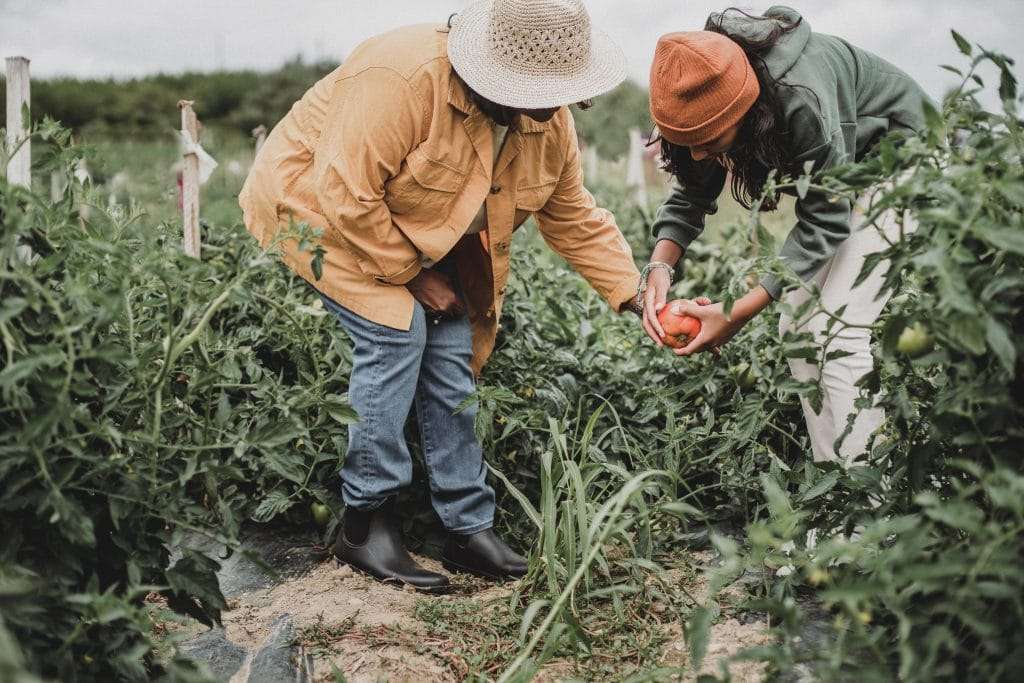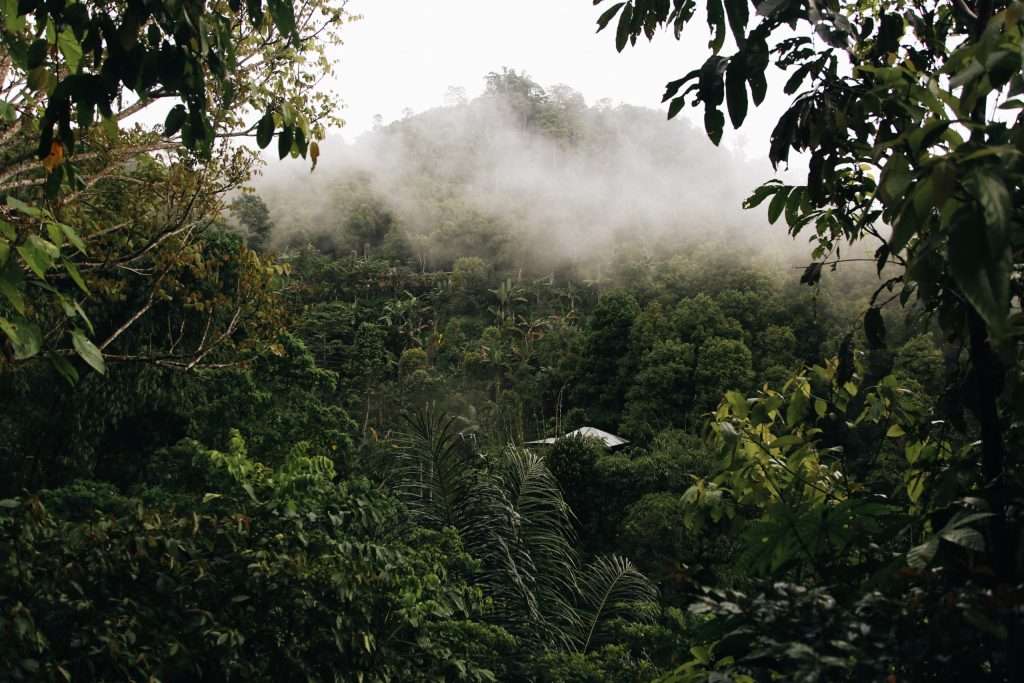Climate change could make it more difficult for plants to pull nutrients from the soil, making food less nutritious.
In a study published late last year in the journal Trends in Plant Science, researchers made a startling discovery: increasing levels of CO2 as a result of global warming will make some plants more productive. That’s right, more productive. But that’s not necessarily a good thing. Many plants used for key food crops are expected to become less nutritious. The research was supported by the I-Site MUSE, the CNRS through the MITI interdisciplinary PRIME program, and the BAP department of INRAE.
“There are many reports in the literature showing that the CO2 levels expected at the end of the twenty-first century will lead to a lower concentration of nitrogen in most plants, mainly affecting the protein content in plant products,” the study’s lead author Alain Gojon, research director of France’s National Research Institute for Agriculture, Food and the Environment, said in a statement. “It is very important to understand why growing plants at elevated CO2 has such a negative effect on the protein content of most staple crops and the future of food.”
Climate change’s impact on soil
The problem stems from the soil where nitrogen creates amino acids the plants turn in to proteins. The elevated CO2 levels can create a nitrogen deficiency, leading to less nutritious crops.
“What is clear is that the nutrient composition of the main crops used worldwide, such as rice and wheat, is negatively impacted by the elevation of CO2. This will have a strong impact on food quality and global food security,” says corresponding author Antoine Martin, researcher of the French National Centre for Scientific Research.

“Two main nutrients that are essential for human nutrition may be affected by this phenomenon,” Gojon says. “The first one is proteins built from nitrogen. In developing countries this can be a big issue, because many diets in these countries aren’t rich in proteins and plants grown at elevated CO2 can have twenty to thirty percent less protein. The second one is iron. Iron deficiency already affects an estimated 2 billion people worldwide.”
The problems extend beyond our food supply, too. According to the research, lower mineral levels in the plants can create a negative feedback loop for fighting climate change.
“The terrestrial carbon sink associated with enhanced photosynthesis may be limited if most of the vegetation is deficient in nitrogen and other minerals, which may prevent any additional increase of CO2 capture from the atmosphere” says Gojon.

“We would like to really understand the mechanisms that are responsible for the negative effects of elevated CO2 on the mineral composition of plants,” says Martin. “For example, we are currently exploring the natural genetic variation behind these negative effects, that could be used afterwards to improve crops nutritional value under future CO2 atmosphere.”
The new findings build on other research pointing to threats to key staple crops including potatoes, wheat, and corn, and to cash crops including coffee, wine, and chocolate.
Eat plants to save plants
The solution though may be in the very plants at risk. A growing body of research by the world’s leading climate scientists and groups including the United Nations and the Intergovernmental Panel on Climate Change (IPCC) say reducing animal agriculture and eating more plants plays a key role in mitigating climate change.

Animal agriculture is responsible for more than 15 percent of global emissions including CO2 and methane.
“We don’t want to tell people what to eat,” Hans-Otto Pörtner, an ecologist who co-chairs the IPCC’s working group on impacts, adaptation and vulnerability, said in a 2019 statement accompanying the group’s report. “But it would indeed be beneficial, for both climate and human health, if people in many rich countries consumed less meat, and if politics would create appropriate incentives to that effect.”
Meat consumption is also a leading cause of deforestation, which is also speeding up climate change. A recent report found corporate pledges to reduce deforestation have largely failed to meet targets—specifically, pledges to boycott soy linked to Amazon destruction.
The researchers found that despite a voluntary soy moratorium levied by a number of companies in 2006, policy is needed in order to ensure conservation.

“Zero-deforestation pledges are a great first step, but they need to be implemented to have an effect on forests—and right now it’s mainly the bigger companies that have the resources to do this,” said Professor Rachael Garrett, Moran Professor of Conservation and Development at the University of Cambridge Conservation Research Institute, a joint senior author of the report.
“If soybean traders actually implemented their global commitments for zero-deforestation production, current levels of forest clearance in Brazil could be reduced by around 40 percent,” she said.
Deforestation pledges
These findings come after the COP26 Glasgow Leaders’ Declaration on Forests and Land Use saw more than 100 countries commit to stopping and reverse deforestation by 2030.
“Reducing or eliminating animal agriculture should be at the top of the list of potential climate solutions,” said Pat Brown, Stanford professor emeritus in the department of biochemistry and founder of vegan Bay Area meat company, Impossible Foods. Brown co-authored research published in the journal PLoS Climate in February.

In Brown’s model, a wholesale shift away from animal agriculture over 15 years would be the same as reducing CO2 emission 68 percent through the year 2100. The model found a shift to a plant-forward diet would also be enough to provide 52 percent of the net emission reductions necessary to limit global warming to 2°C above preindustrial levels.
“I’m hoping that others, including entrepreneurs, scientists and global policymakers, will recognize that this is our best and most immediate chance to reverse the trajectory of climate change, and seize the opportunity,” he said.
Related on Ethos:


